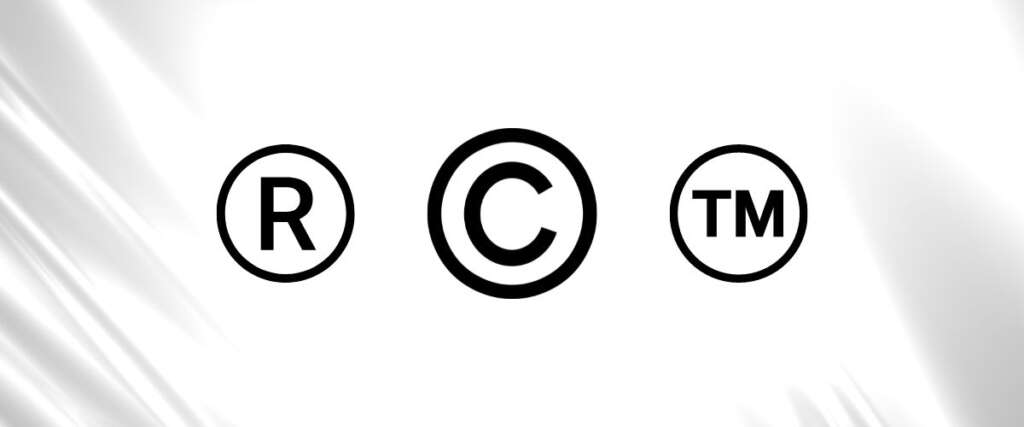Introduction
Your logo is a crucial element of your brand identity, representing your business and distinguishing it from competitors. As such, it’s essential to protect your logo from unauthorized use and potential infringement. The two primary forms of intellectual property protection for logos are copyright and trademark. In this article, we’ll explore the differences between these two options and guide you in determining which form of protection is best suited for your logo.
I. Understanding Copyright Protection
Copyright is a form of intellectual property protection that covers original works of authorship, such as literary, artistic, and musical creations. When it comes to logos, copyright protection can apply if your logo is considered an original work of art with a minimal degree of creativity. With copyright protection, you have the exclusive right to reproduce, distribute, display, and create derivative works based on your logo.
II. Understanding Trademark Protection
Trademark protection, on the other hand, is designed to protect distinctive symbols, names, and phrases used to identify and distinguish the goods or services of a business. By trademarking your logo, you obtain the exclusive right to use it in connection with your products or services, preventing others from using a confusingly similar logo that could cause consumer confusion.
III. Comparing Copyright and Trademark for Logo Protection
While both copyright and trademark offer protection for your logo, they serve different purposes and offer varying levels of protection:
- Scope of protection: Copyright protects the artistic expression of your logo, while trademark protection safeguards your logo’s use in connection with your products or services, preventing consumer confusion.
- Duration of protection: Copyright protection typically lasts for the life of the creator plus 70 years, while trademark protection lasts as long as the mark is used in commerce and properly maintained through periodic renewal filings.
- Enforcement: Copyright infringement occurs when someone copies, distributes, or creates derivative works based on your copyrighted logo without permission. Trademark infringement occurs when someone uses a confusingly similar logo in connection with goods or services that could cause consumer confusion.
IV. Deciding Which Form of Protection is Right for Your Logo
The choice between copyright and trademark protection for your logo depends on your specific circumstances and goals:
- If your logo is primarily an artistic creation with minimal connection to your products or services, copyright protection may be more appropriate.
- If your logo serves as a brand identifier, helping consumers distinguish your products or services from those of competitors, trademark protection is likely the better option.
- In some cases, it may be beneficial to secure both copyright and trademark protection for your logo, providing comprehensive coverage against unauthorized use and infringement.
V. Registering Your Copyright or Trademark
To register your logo for copyright or trademark protection, you’ll need to file an application with the appropriate government agency:
- For copyright registration, submit an application with the United States Copyright Office, along with a copy of your logo and the required filing fee.
- For trademark registration, file an application with the United States Patent and Trademark Office (USPTO), providing information about your logo, the goods or services it represents, and the required filing fee.
VI. Enforcing Your Logo Protection
Once you’ve secured copyright or trademark protection for your logo, it’s essential to enforce your rights by monitoring for potential infringements and taking legal action when necessary. This may involve sending cease-and-desist letters , negotiating settlements, or pursuing litigation to protect your logo and brand identity from unauthorized use.
Conclusion
Protecting your logo is crucial for maintaining your brand’s integrity and preventing consumer confusion. Understanding the differences between copyright and trademark protection can help you determine the best course of action for safeguarding your logo. While copyright protects the artistic aspects of your logo, trademark protection focuses on preventing confusion in the marketplace by protecting your logo’s use in connection with your goods or services.
In some cases, it may be beneficial to pursue both copyright and trademark protection to provide comprehensive coverage against unauthorized use and infringement. Registering your logo with the appropriate government agency and enforcing your rights through monitoring and legal action are essential steps in maintaining your brand identity and ensuring your logo’s lasting success.




